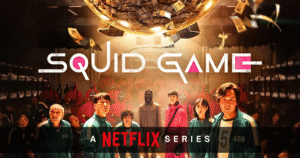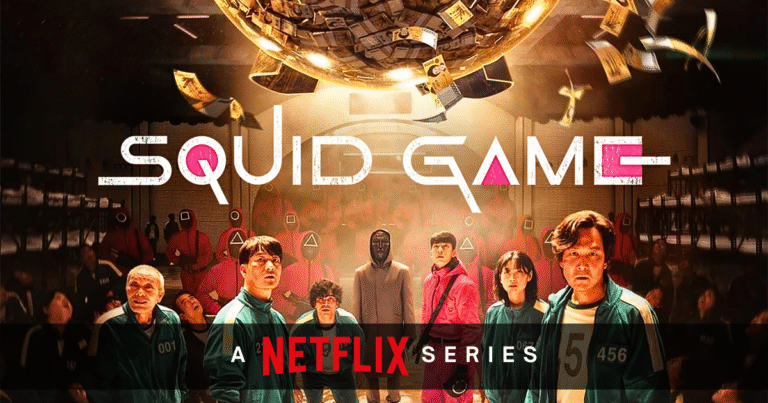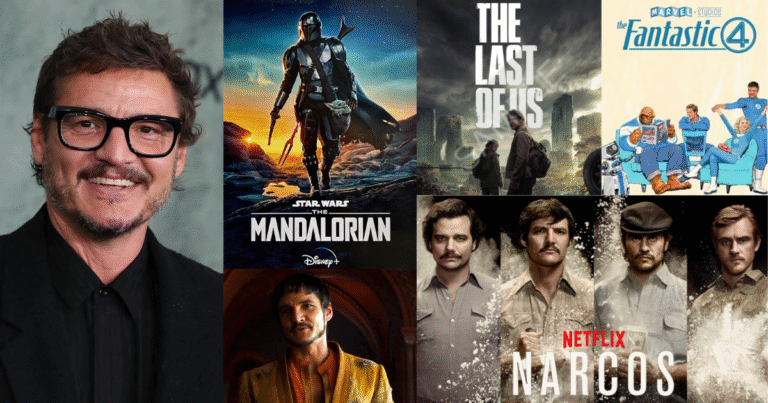Corporate videos are everywhere now, on websites, LinkedIn feeds, email signatures, and even in job interviews. But here’s a question that marketing heads and brand managers often ask: Do these videos actually move the needle?
In simple terms, what’s the ROI, Return on Investment, of corporate filmmaking?
Sure, videos are great at telling stories. They can make your brand feel more human, explain complex ideas in two minutes, and grab attention where words fall flat. But when you’re spending time, budget, and creative energy on video production, it’s important to know if that investment is paying off.
Let’s break down how to measure the real business impact of your corporate video content, and why getting it right can give your brand a serious edge.
Start with Why: What Was the Video Meant to Do?
Before you even look at numbers, go back to the goal of your video. Different types of videos are meant to drive different results. For example:
- Brand film: Meant to build trust and emotional connection
- Explainer video: Meant to simplify and sell a product or service
- Recruitment video: Meant to attract top talent and reduce hiring costs
- Testimonial video: Meant to boost credibility and conversions
- CSR or internal culture film: Meant to strengthen employee engagement or showcase company values
Each of these has its own ROI metrics. That’s why there’s no one-size-fits-all approach to measuring impact.
Measure What Matters: Key ROI Metrics for Corporate Films
Here are some common and meaningful ways to evaluate the performance of your corporate video content.
1. Engagement and View Duration
If people don’t watch your video all the way through, it’s unlikely to make a real impact. Track metrics like:
- View-through rate: How many viewers watch to the end
- Average watch time: How long people stay engaged
- Drop-off points: Where people lose interest
These insights tell you not just if people are watching, but how they’re watching. A powerful video should hook viewers from the first five seconds and keep them watching.
2. Website Analytics
Embedding your video on a landing page or homepage? Use Google Analytics to track:
- Bounce rate before and after adding the video
- Time spent on page
- Conversion rate changes (form submissions, downloads, sign-ups)
A good corporate video often increases time on page and nudges visitors to take the next step.
3. Lead Generation
Some videos are made to bring in leads, plain and simple. If that’s the case, track:
- Number of inquiries or demo requests linked to the video
- CTR (Click Through Rate) from video to landing page
- Leads captured through gated video content
Tools like Wistia or Vidyard allow you to embed email forms right into the video itself, which is a great way to track performance directly.
4. Social Media Metrics
If your corporate video is part of a campaign, analyze its performance across social channels:
- Shares, likes, and comments (social proof)
- Reach and impressions
- Engagement rate vs. static content
Keep an eye on what type of videos your audience is responding to most, this can guide future production decisions.
5. Internal Impact
Not every corporate film is for the public. If you’re creating training videos, leadership messages, or employee culture films, ROI can look like:
- Improved onboarding speed
- Higher internal engagement (likes, shares on internal platforms like Yammer or Workplace)
- Employee feedback and morale metrics
You can even run short internal surveys post-video to gauge how well the content landed.
Cost vs. Value: The Real ROI Equation
Now let’s talk money. Suppose you spend ₹5 lakh on a corporate film. That sounds like a lot, until you look at the value it can deliver:
- Increased web conversions = more revenue
- Reduced hiring time = cost savings
- Improved brand image = long-term loyalty
- Better employee engagement = lower attrition
ROI isn’t always about a direct sale. It’s about business impact. And when a good video is reused across your website, presentations, social platforms, and sales decks, the cost per impression drops dramatically.
A great example: A recruitment film that helps you fill key roles faster might save your company more in recruiter fees than the cost of the entire video.
Video That Sits Is Video That Dies
This is a common mistake. You’ve made a great film—but no one knows it exists. ROI drops when videos aren’t:
- Properly distributed
- Shared by employees
- Used across multiple channels
Plan a distribution strategy before the shoot even begins. Decide where the video will live and how people will discover it. Treat your video like a product launch.
Test, Learn, Repeat
The beauty of digital video is that it’s measurable and adjustable. Test different thumbnails. Try shorter and longer versions. Localize it for different markets. You don’t need to reshoot, just repurpose smartly.
And remember: The best ROI often comes from consistency. A single video might be a spark, but a series of videos is where the real brand-building begins.
Final Thought: ROI Is Not Just Numbers
Don’t overlook the soft benefits of corporate filmmaking. When your CEO tells a story with authenticity or your employee shares their experience with pride, that emotional response matters. It’s hard to put in a spreadsheet, but it’s powerful.
When video content is done right, it becomes a long-term business asset, not a short-term marketing cost. Measure the metrics that matter to your team, then keep improving with every frame.









